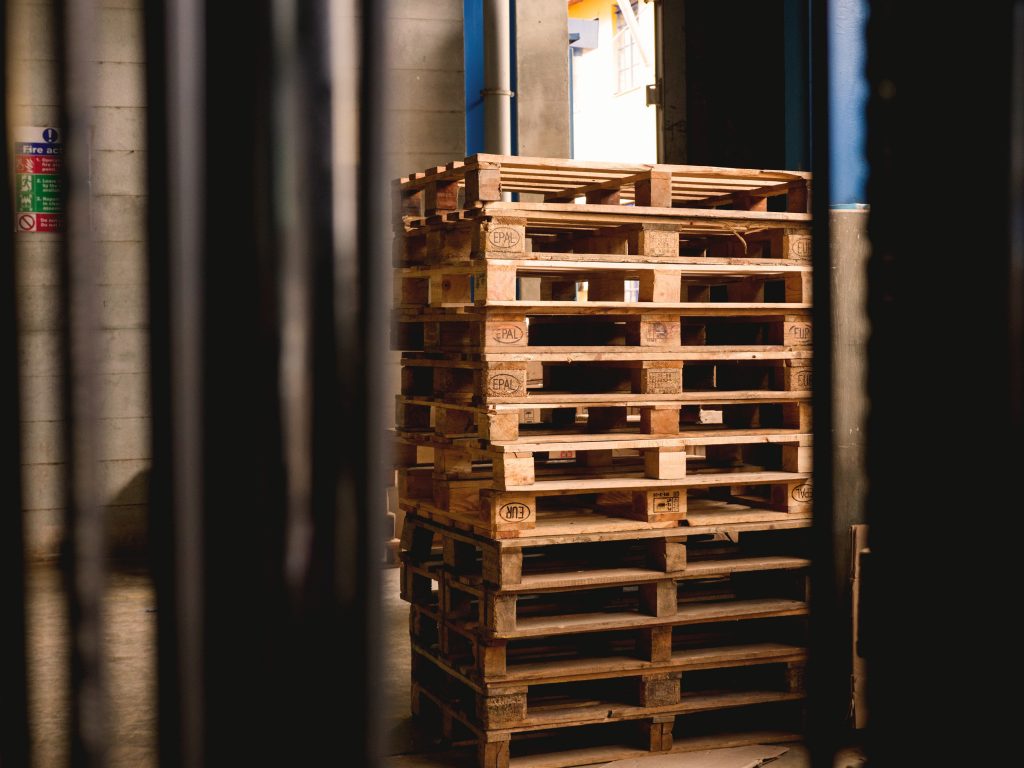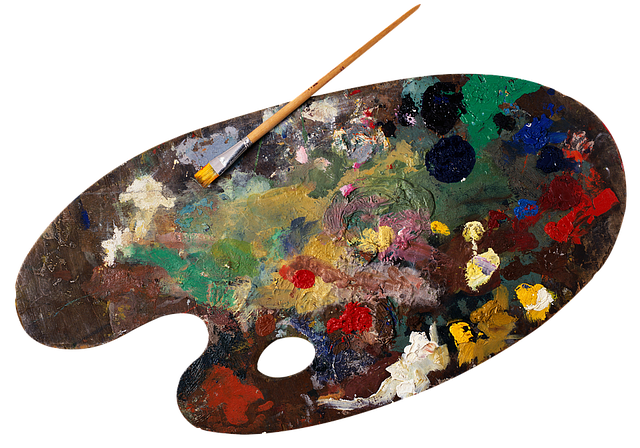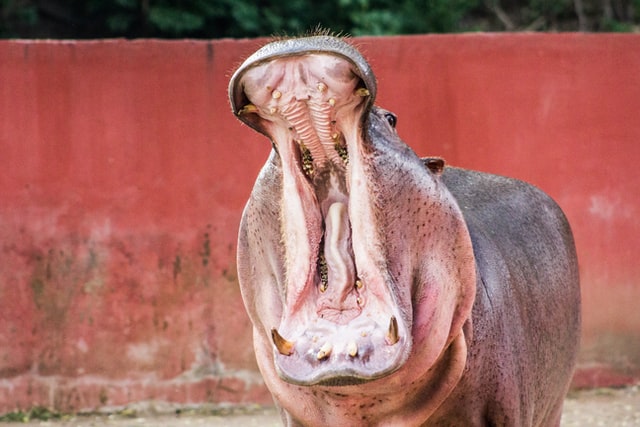Language can be confusing and homophones – words that sound the same but have different meanings – are particularly tricky, even for native speakers. A term that I often see mixed up and misused is pallet, palette and palate when people write about tea, and no wonder: you can relate tea to all of them, but they mean very different things.
Tea pallet
A pallet is a structure used in logistics to help move boxes and crates around. Usually made of wood, though synthetic materials such as composite plastic are becoming more and more common, a pallet is like a platform for the containers sitting on top. They have a dual-layer structure so they can be picked up by a forklift.
Let’s just say that if you have a pallet of tea, you have a lot of tea, probably several hundred kilograms.

Tea palette
A palette is a kind of tray on which a range of colours is laid out. Palette is generally used in an artistic sense: painters have a spectrum of hues they want to use and a palette allows them to compare and contrast them, find complementary colours, and mix paint.
This has expanded in more recent times. Makeup artists will often work from a palette of colours that match certain skin tones or what the person is wearing, and computer graphic designers can create a digital version to select the range of colours they want to use for a work.
While palette is a word largely used for visual media, it is occasionally used in music to describe the aural tone of a piece and there’s no reason why we couldn’t also use this for tea.
So if you have a palette of tea, you could be painting by using tea as a medium. Or, you might have a range of tea set out to compare different types, maybe dry leaves or wet leaves or tea liquor. Or, you could have a palette of tea and/or other ingredients to assist with blending.

Tea palate
A palate, anatomically speaking, is the roof of your mouth behind your teeth. Immediately behind your front teeth is the hard palate and behind that, before the uvula (dangly bit), is the soft palate.
However, usually when we talk about a tea palate, we’re not talking about the roofs of our mouths, we mean the gourmet concept of the ability to taste and discern different flavours or the flavours presented in the tea we’re drinking.
If you have a good tea palate you should be able to tell the difference between a white tea from Fujian and one from Sri Lanka. Or you might describe a Phoenix dancong oolong as a tea with ‘a fruity palate’.

I don’t really have a mnemonic that will help you remember the difference between these at any given moment, but maybe you can create one for yourself, for example:
- Pallet with a double ‘L’ stands for Lots of Leaves
- Palette with a double ‘T’ stands for Trying Tea
- Palate with a single ‘L’ and a single ‘T’ stands for Lick and Taste
So next time you write about a tea pallet/palette/palate, avoid ambiguity by stopping to think about what you actually mean: an amount of tea, a range of tea, or the taste of tea?
Tea Intersection is a series of explainer posts that will explore related concepts in tea with the aim to provide clarity through disambiguation.